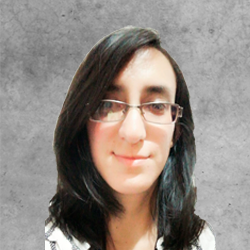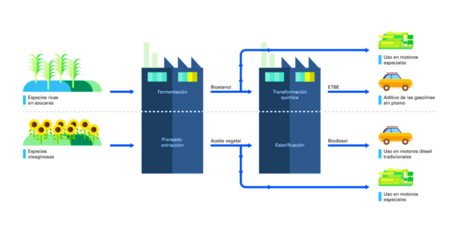
Synthetic biology and tissue engineering laboratory
Bioengineering Department
Breast cancer (BC) is the most common malignancy in women worldwide. Therefore, models that represent the microenvironment of breast tissue are required to better understand tumorigenesis and cancer progression. The treatment of breast cancer continues to be one of the most important problems for health systems despite the numerous improvements in diagnosis and therapy, due to the heterogeneity it presents, so it is important to find more effective methods for its treatment.
Previously, cell line-derived xenograft models and two-dimensional (2D) cell cultures were frequently used to investigate breast cancer. Despite their value, these models cannot be used to study the tumor biology and drug response of specific patients. Additionally, cell cultures grown in 2D have altered cell signaling pathways as a consequence of the limited cell-cell and cell interactions. They are therefore not a good representation of the corresponding tissue in vivo because they lack an extracellular matrix (ECM). Cells grown in a 2D monolayer environment cannot imitate the morphology and organization of cells within tissues, and the ECM does not perfectly mirror that of tissues and organs.
Numerous different cell types, paracrine and growth factors, as well as structural elements are present in the tumor microenvironment. The outcome of the tumor is determined by how all of these variables interact with the tumor cells. Recent research points to the involvement of TME in the development of cancer and its behavior in response to different therapies
Published studies suggest that gradual changes in the genetic and transcriptomic makeup of breast cancer cell lines may affect how they react to drugs. As an example we have the MCF-7 cell line, which is frequently used in breast cancer research, has shown variable growth rates, karyotypes, drug responses and hormone receptor status in various laboratories. Therefore, it can be concluded that organoids, which have a microenvironment more similar to tumor samples; are preferable to universal cell lines for the study of breast cancer.
Organoids are a biomedical study model, which has a wide range of uses, which include; oncology, regenerative medicine, disease modeling and drug screening; since they can be grown in vitro to create miniature copies of the organs from which they were derived.
For their optimal development, organoids are incorporated into matrices containing extracellular membrane proteins essential for the function and polarization of epithelial cells. This matrix allows cells to organize themselves into 3D structures in vitro. The matrices contain RGD (Arg-Gly-Asp) endings in their structure that function as attachment points for cells, thus allowing proper transport of nutrients and other essential elements for cells. Currently, there are both natural and synthetic matrices on the market; Within the natural matrices we have type I collagen and matrigel, the latter is rich in laminin, collagen IV, entactin, heparan sulfates, proteoglycans, and growth factors.
Organoids are a useful tool for understanding the biology of cancer. However, some models of breast organoids are limited in that they have not been able to accurately recreate the structure or composition of the ECM from natural breast tissue. It is important to note that many current protocols incorporate a number of steps of differential centrifugation and cell filtration in order to separate and purify mammary epithelial cells from their surrounding stromal cells before they develop in 3D culture. Mammary organoids created from isolated stromal and epithelial cells might not faithfully reflect in vivo tissue shape and interactions between cells and their environment.
Figure 1: Basic steps for organoid production: 1)Tissue cutting, 2) Enzyme digestion 3) Cell separation 4)Suspension in Matrigel or other matrix and application of growth medium
Bibliografía
- Mohan, S. C., Lee, T. Y., Giuliano, A. E., & Cui, X. (2021). Current Status of Breast Organoid Models. Frontiers in Bioengineering and Biotechnology, 9(November), 1–7. https://doi.org/10.3389/fbioe.2021.745943
- Ebrahimi, N., Nasr Esfahani, A., Samizade, S., Mansouri, A., Ghanaatian, M., Adelian, S., Shadman Manesh, V., & Hamblin, M. R. (2022). The potential application of organoids in breast cancer research and treatment. Human Genetics, 141(2), 193–208. https://doi.org/10.1007/s00439-021-02390-0




